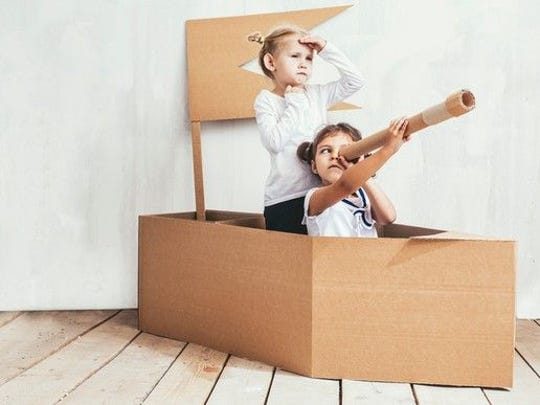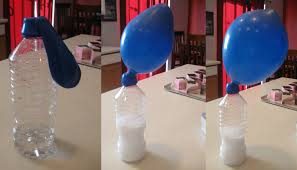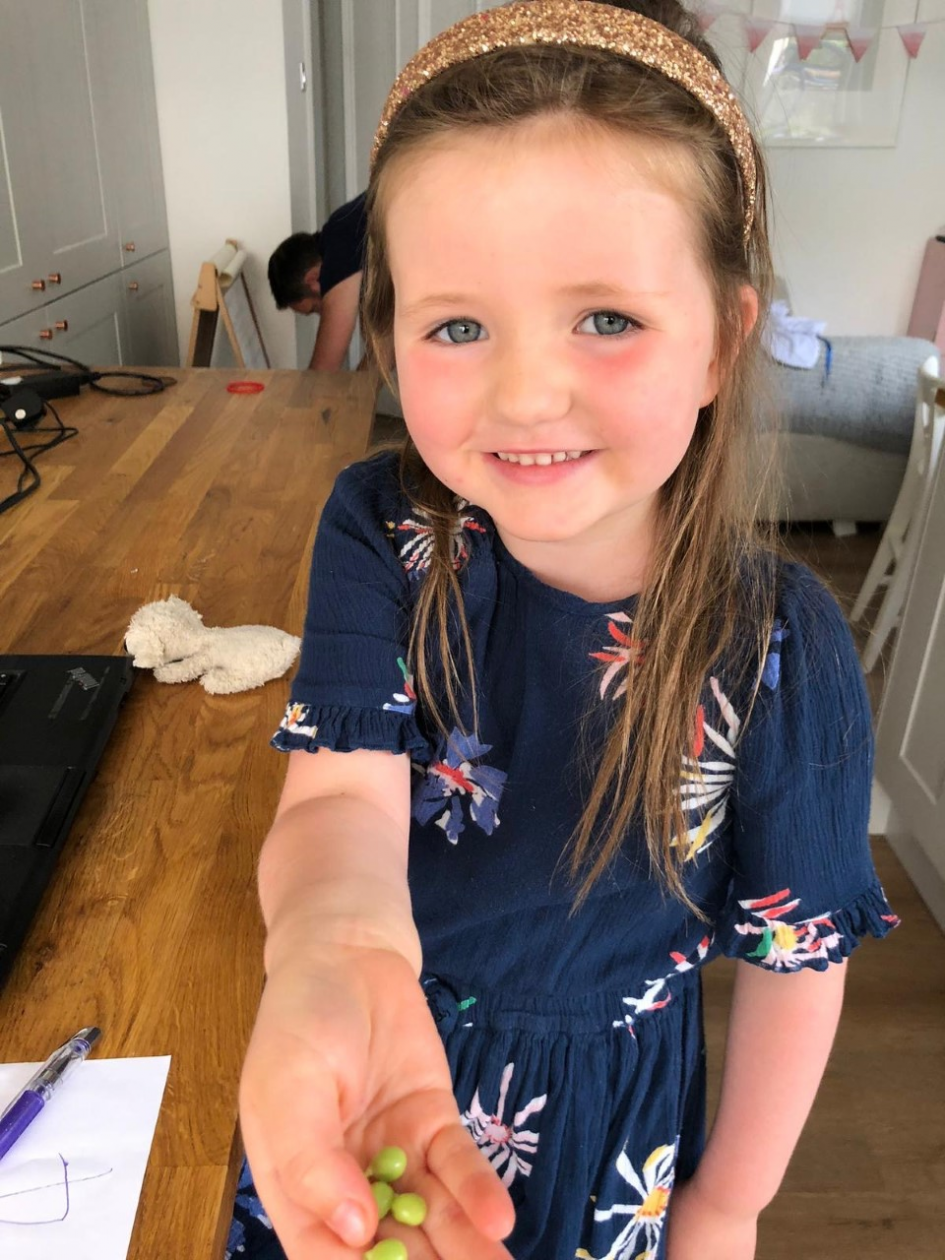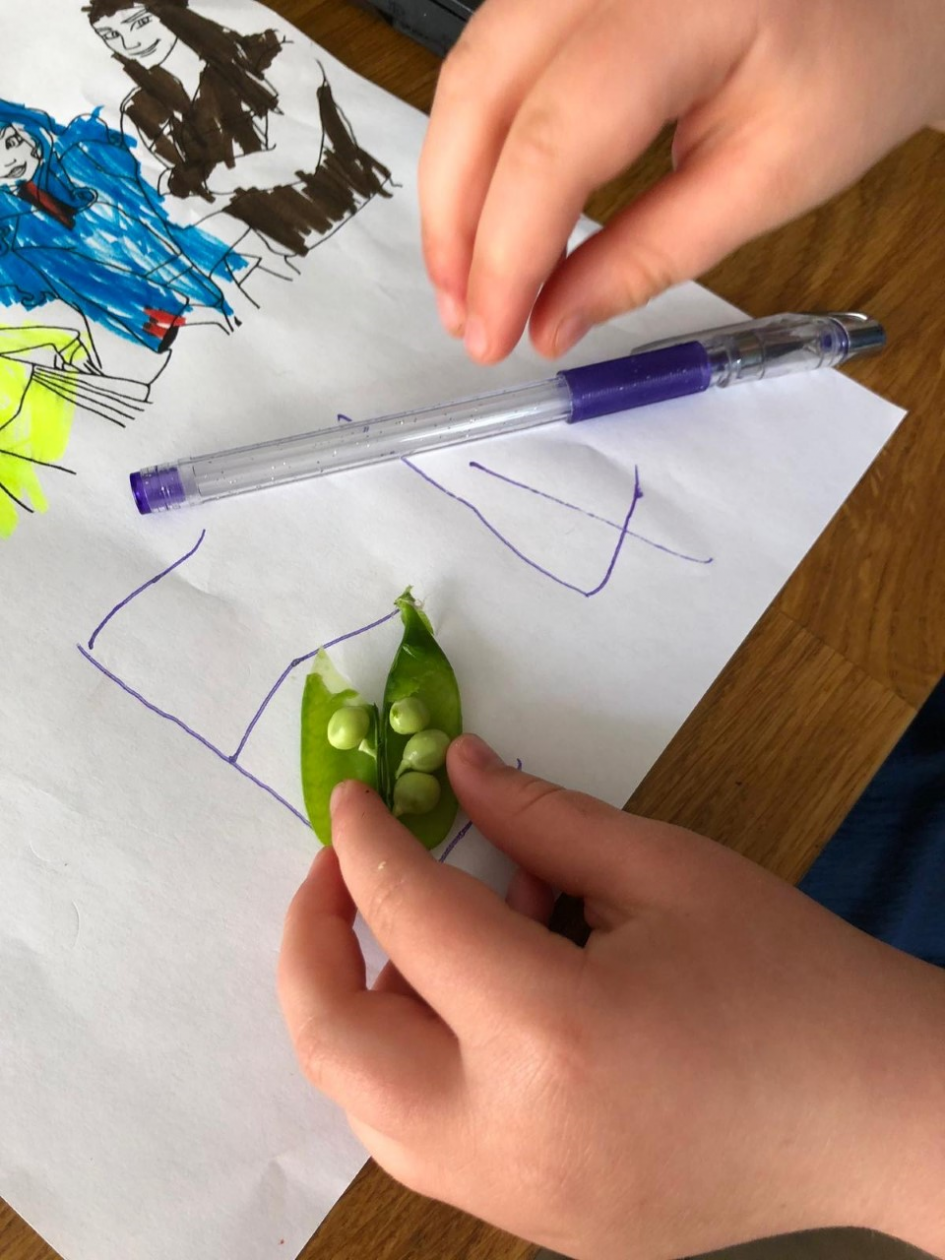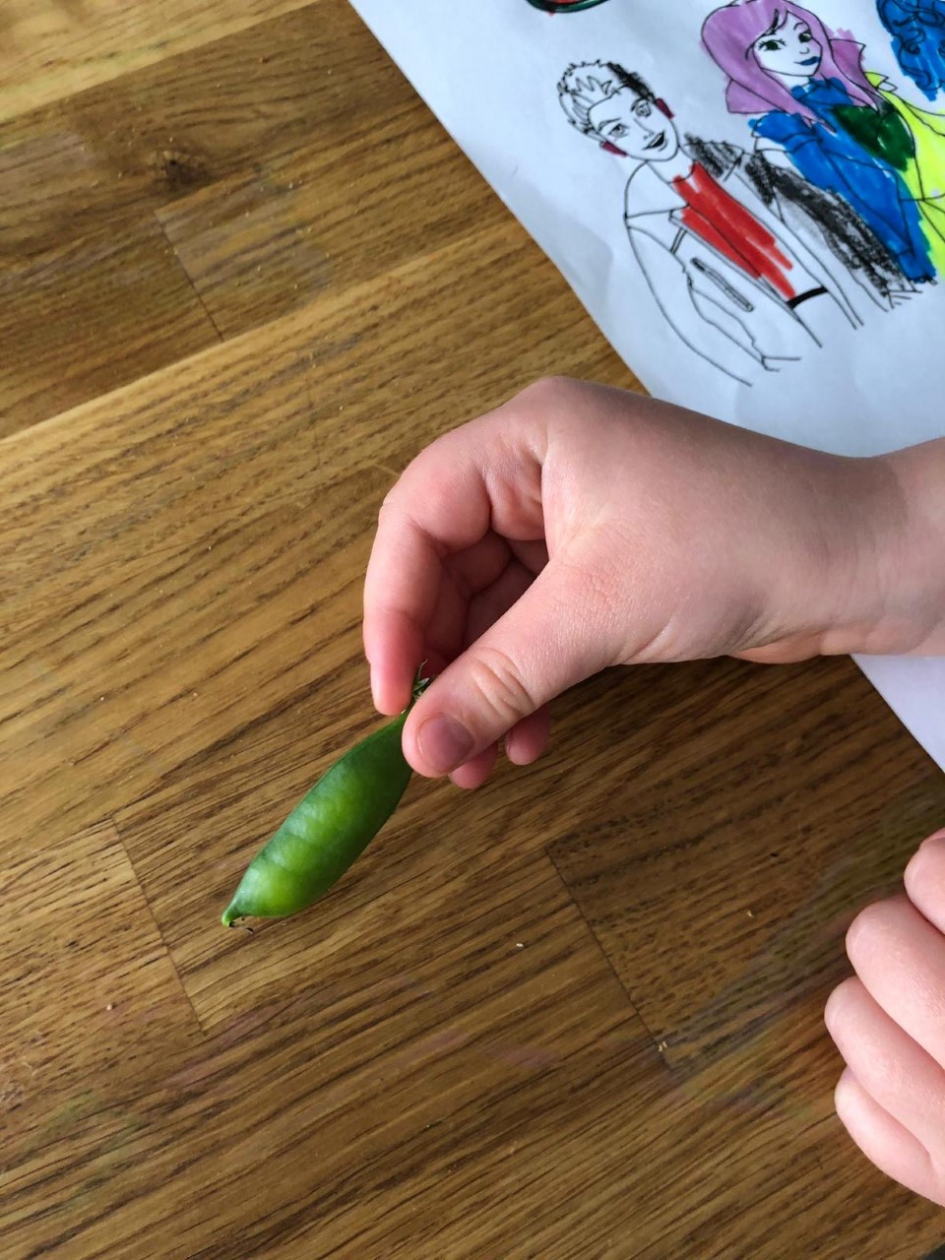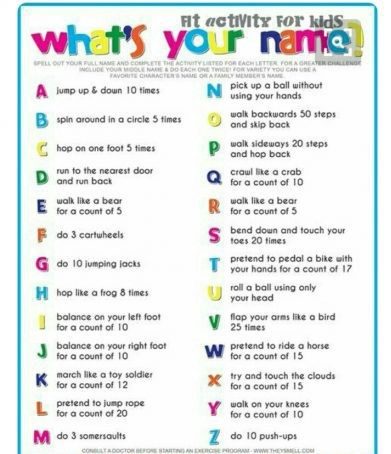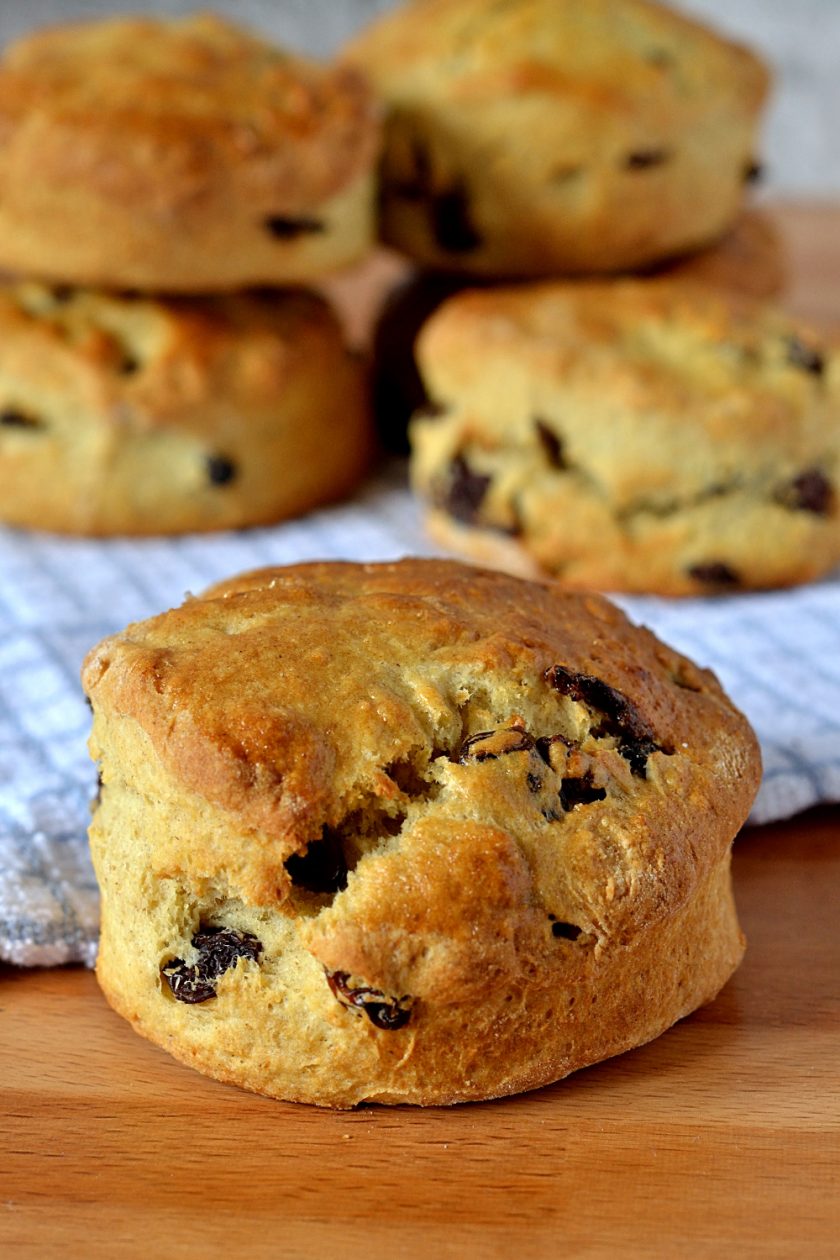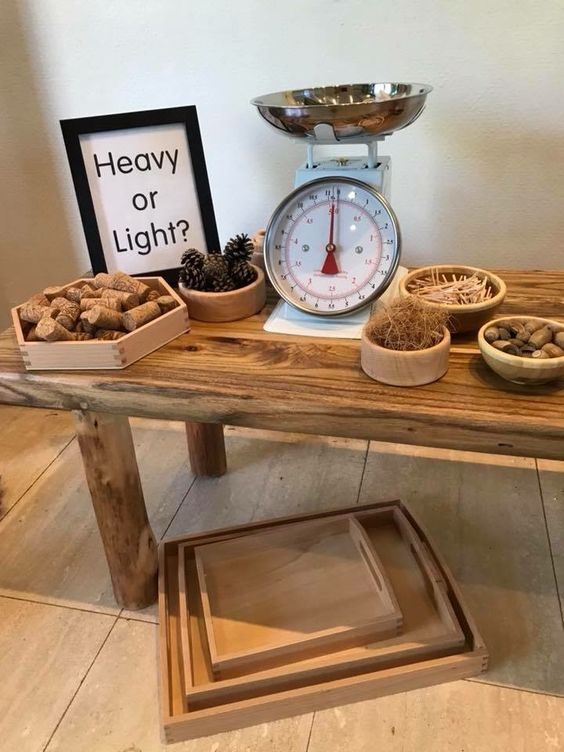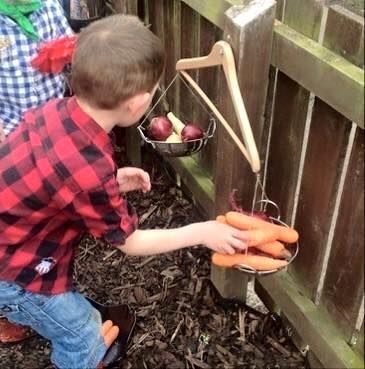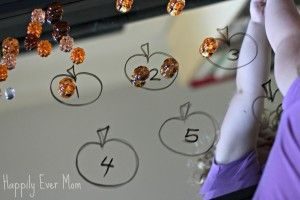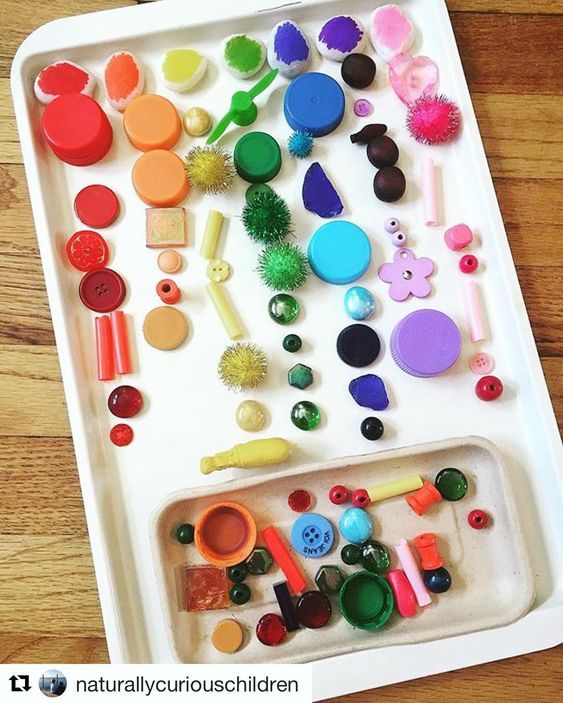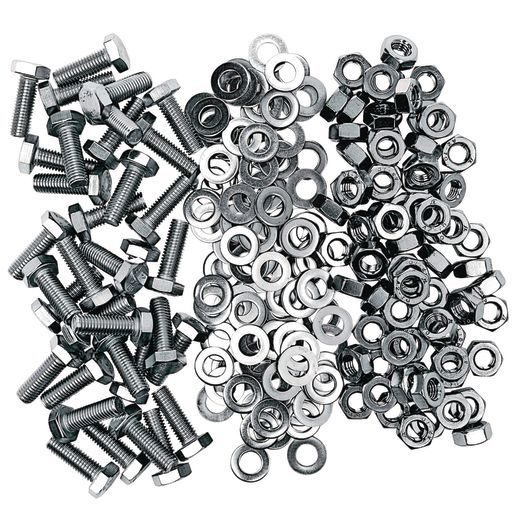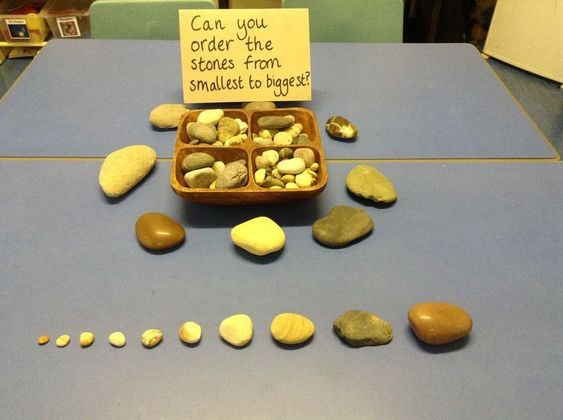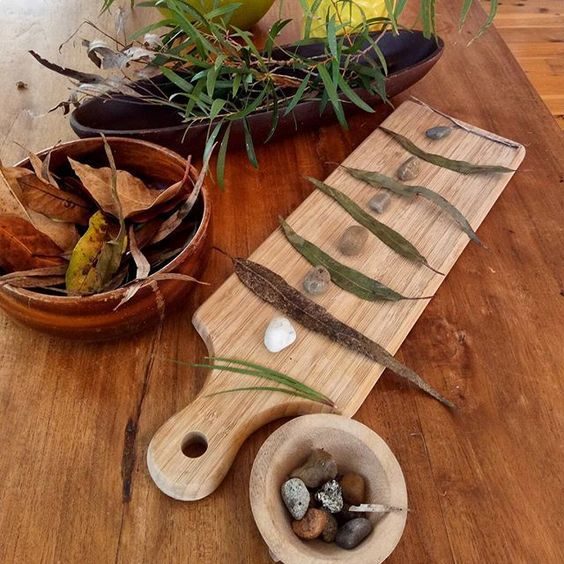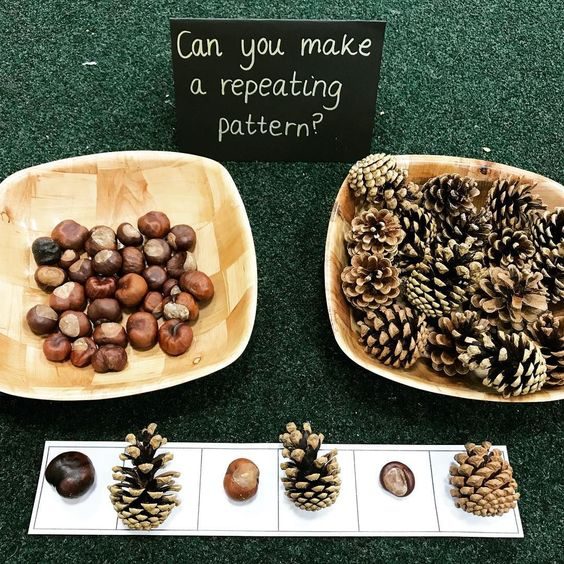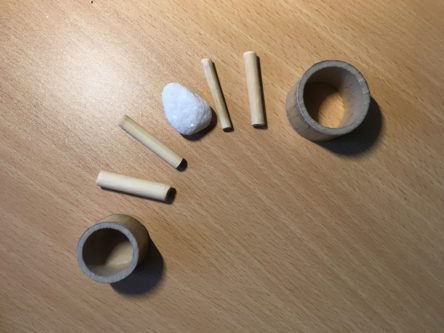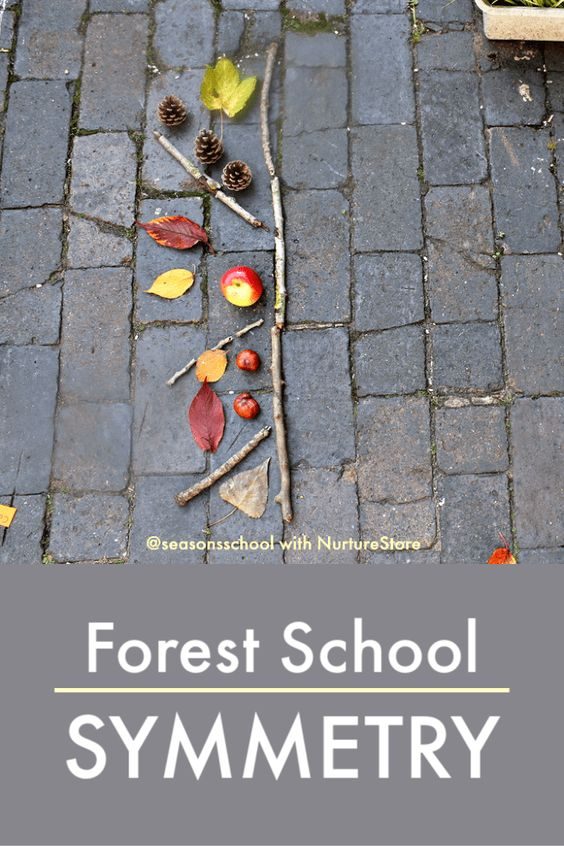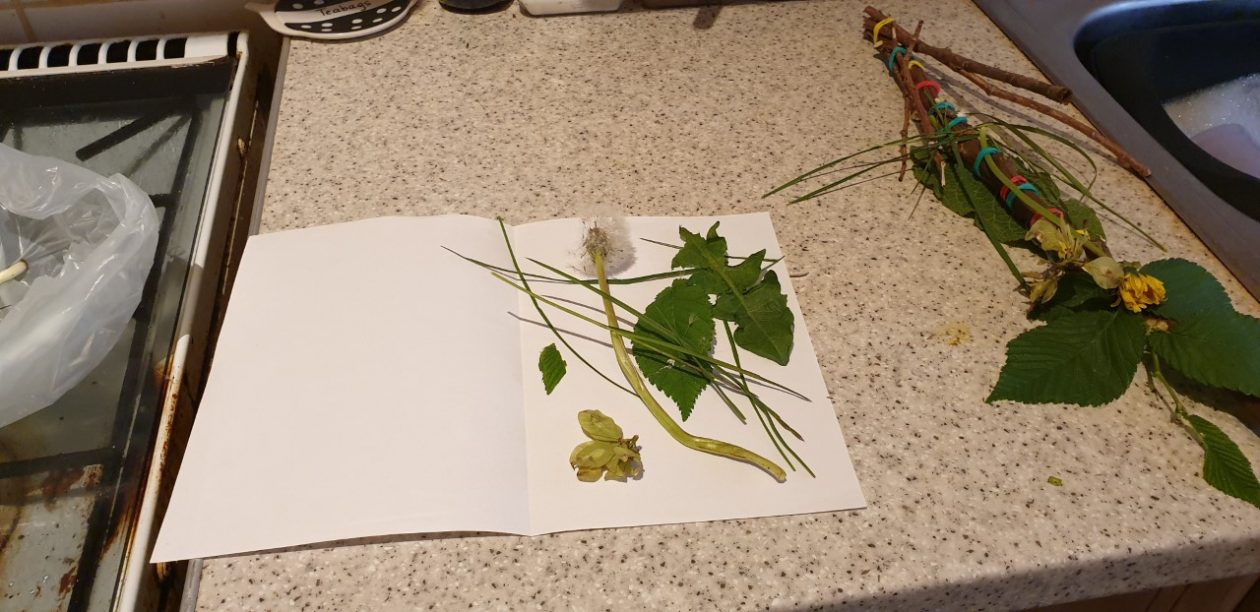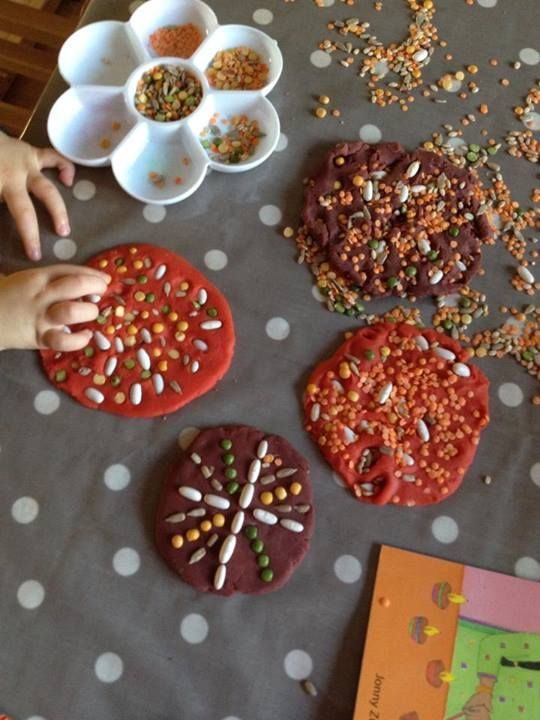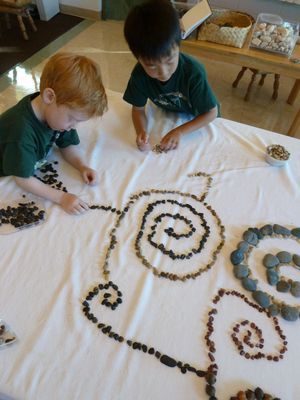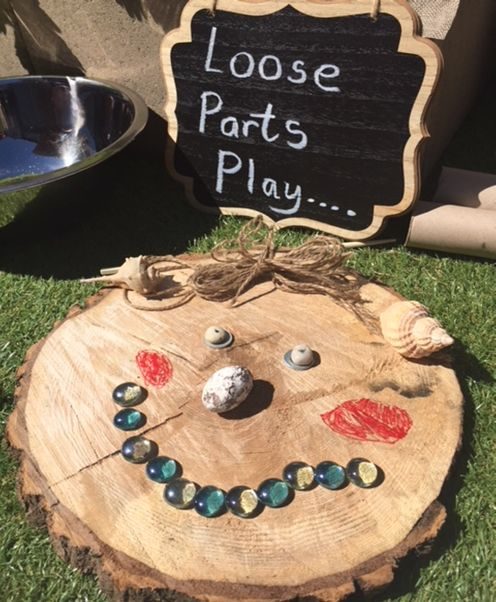Today, we are Engineers!
Morning boys and girls, we are going to get creative and use what we have around us to engineer and build wonderful constructions today! We are going to discover 2D and 3D shapes as well as problem solving and physical skills.
The best building activities do not need fancy or expensive supplies – You can do this fun and challenging activity at home with your family.
Let’s take two objects to connect and join and transform these into shapes, letters, numbers, buildings and so much more!
What you will need:-
For the stick: For the connector:
*Cocktail sticks *Marshmallows, jellybeans, gummy sweets
*Straws *Peas
*Spaghetti *Pieces of apple
*Lollipop sticks *Play dough/ clay/ blue tac
Once you have chosen your objects, (try not to eat any!) you can start to construct your creation. If you are using cocktail sticks remember to risk assess and be safe!
Can you tell us what shape you have made? How many sticks did you need? How many connecting pieces did you use? How many do you need to make a square? Can you make the first letter of your name? Can you create a 3D shape?
Have fun Engineers!
For the grown ups
To build a solid structure you need a design, the right number of pieces, a solid base, creativity and imagination. These objects from around your house will encourage your child to think about their build, count how many pieces they need, talk about shape, number, make predictions, solve problems and HAVE FUN!






